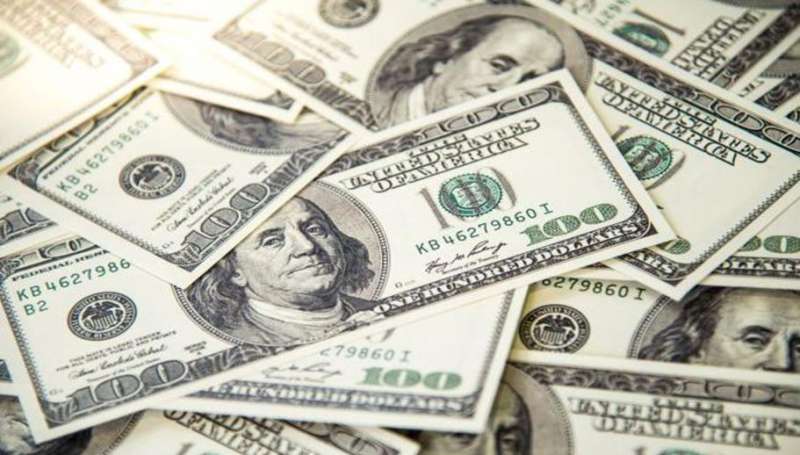GST Reform 2025: Two Slabs – 5% & 18%, Effective – Sept 22, 10 Points

Delhi
Key Highlights of GST Reform 2025
-
Two-Slab GST Structure
-
Old system with four slabs (5%, 12%, 18%, 28%) replaced.
-
New structure: 5% (essentials) and 18% (aspirational items).
-
Effective from September 22, 2025.
-
-
Economic Impact
-
Expected revenue implication of ₹48,000 crore.
-
Designed to put more disposable income in people’s hands.
-
Boosts consumption-driven growth and supports ease of doing business.
-
-
Biggest Beneficiaries – Common Man & Farmers
-
Food, medicines, farm goods, small cars, green energy → Cheaper.
-
33 life-saving drugs (including anti-cancer medicines) → Exempted from GST.
-
Medical essentials (thermometers, glucometers) → 5% GST.
-
Agricultural implements tax reduced from 12% to 5%.
-
-
Affordable Healthcare & Education
-
Health insurance policies (including family floater) → No GST.
-
Education supplies (exercise books, pencils, crayons) → 5% GST, down from 12%.
-
-
Aspirational Goods Made Cheaper
-
TVs, ACs, bikes under 350cc → Now 18% GST (earlier 28%).
-
Small cars (petrol ≤1200cc, diesel ≤1500cc) → 18% slab.
-
-
Luxury & Sin Goods Heavily Taxed
-
Tobacco products, carbonated drinks, large cars, premium bikes → 40% Sin Tax.
-
Luxury items → Remain at 28% GST or higher.
-
-
Daily Essentials Protected
-
Bread, milk, paneer → Zero GST.
-
Hair oil, shampoo, soap, dairy products, snacks, sauces → 5% GST.
-
-
Rationale Behind Reform
-
18% slab alone generated 67% of GST revenue in last 8 years.
-
12% slab contributed just 5%, making it redundant.
-
28% slab often discouraged consumption, now rationalized.
-
-
Government’s Vision
-
PM Narendra Modi called it “Next-Generation GST Reform”.
-
Focus: Ease of living, support for MSMEs, middle class, women, youth, and farmers.
-
-
Expected Outcome
-
Simplified tax compliance for traders and businesses.
-
Lower prices on essentials & aspirational goods.
-
Higher purchasing power, fueling India’s consumption economy.
-





